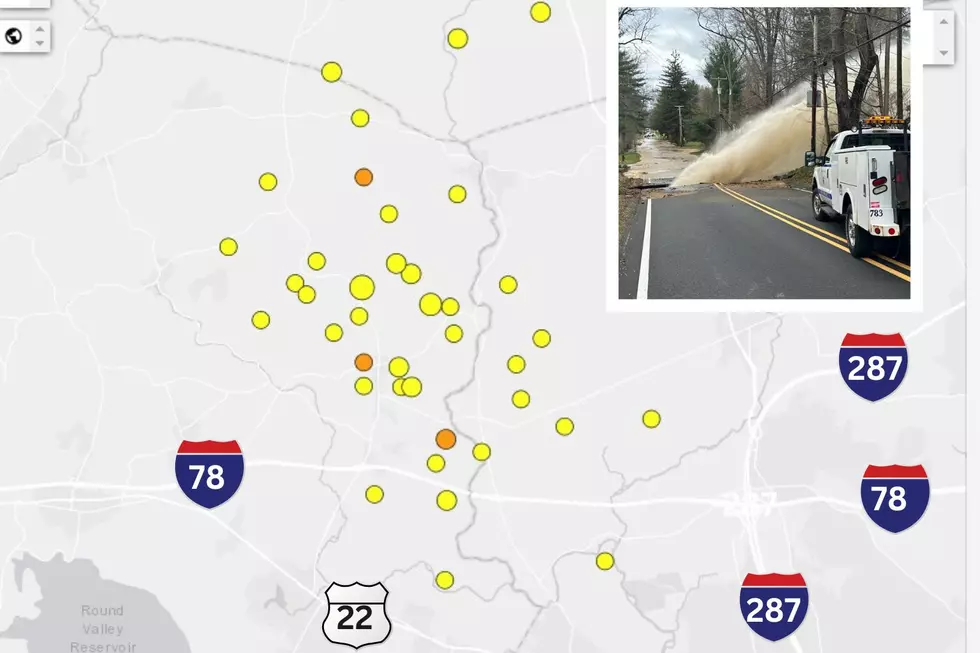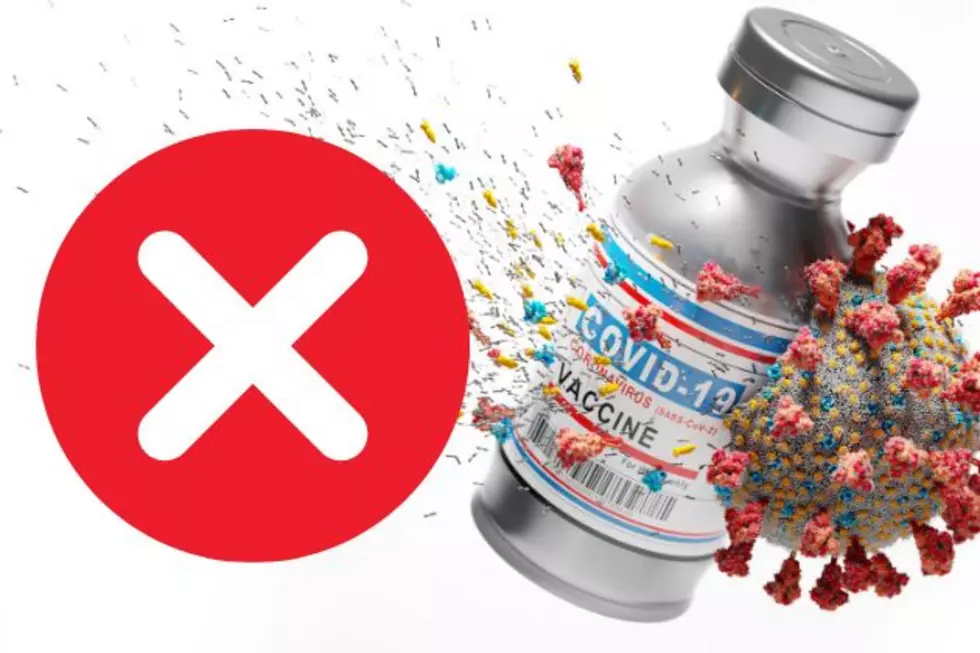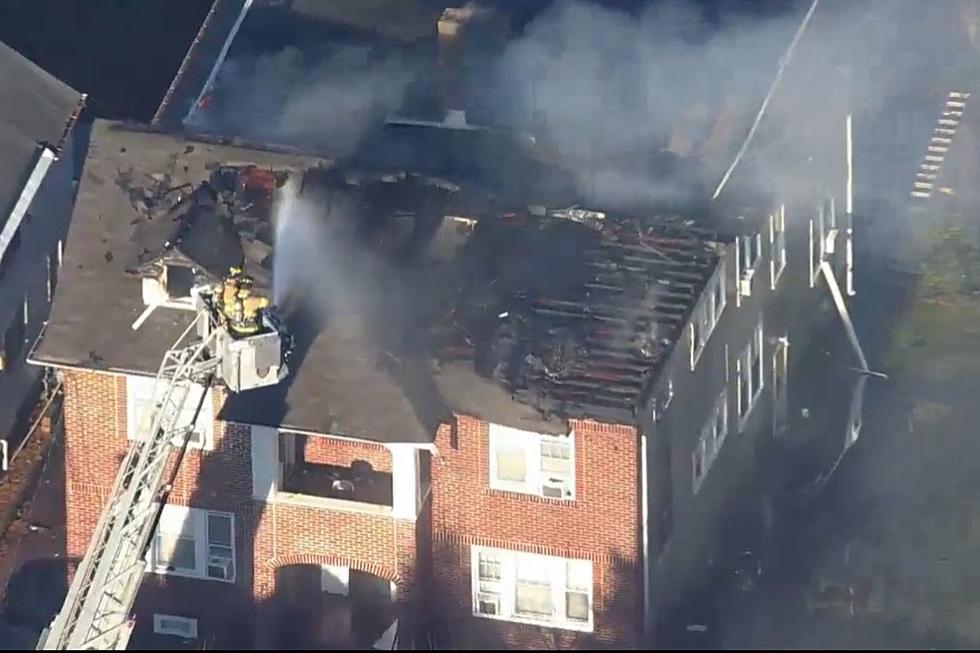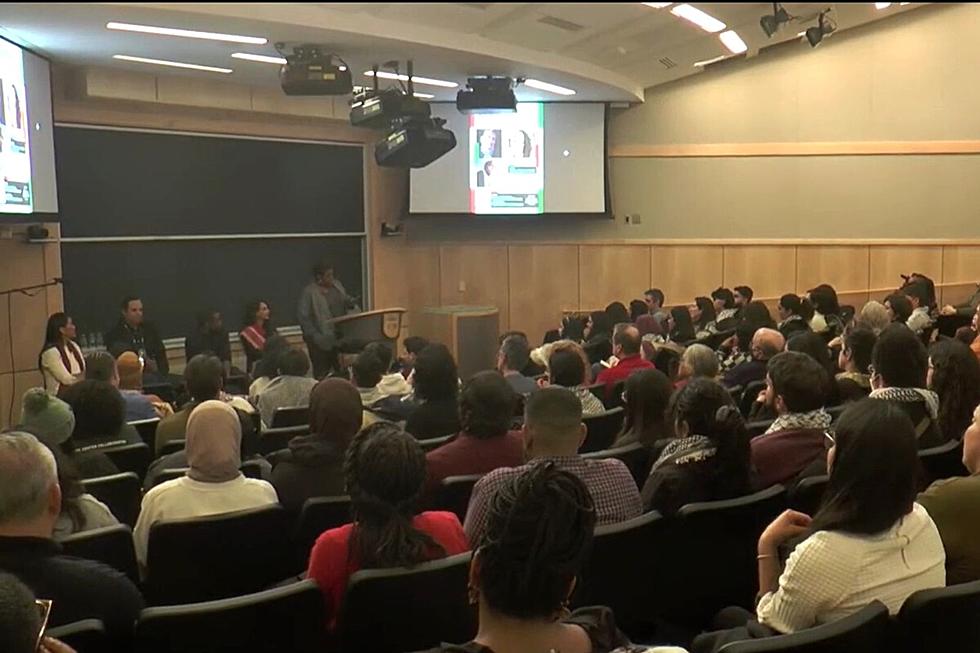
Rutgers study could ID shortcomings in prescription opioid abuse treatment
NEWARK — A first-of-its-kind study at the Rutgers School of Health Professions uses an algorithm determined by MRIs of brain structure and function to help determine if people seeking treatment for prescription opioid use disorder are adequately recovered, or require further care.
Suchismita Ray, associate professor in the Department of Health Informatics and the study's lead researcher, said the diagnostic technique so far has involved 21 people receiving treatment for opioid abuse, and 21 people who report no history of opioid use.
In fact, much of what the study aims to find are discrepancies in what people report about their relationship to prescription opioids, according to Ray.
She said that people are often diagnosed based on what they themselves tell medical professionals, and if they no longer feel cravings, they may believe they no longer need treatment.

Rutgers' examination of the brain network that governs drug cravings works to either complement or contradict those self-evaluations.
"Actually, the patient may not know that he or she needs more treatment. So this is where our algorithm plays an important role," Ray said.
Ray said close to half of people who develop an addiction to prescription opioids relapse within three months of finishing treatment. If this study expands, she said the exact point of satisfactory completion of treatment might be able to be identified.
"When the person is being discharged from the treatment center, we can also match that person's brain with those two standards, either control or opioid, and we can see whether they are still satisfying the criteria," Ray said. "Our technique actually may help to decrease opioid relapse, and decrease overdose deaths."
Ideally, Ray said, those in recovery from prescription opioid use disorder should be monitored on a day-to-day basis.
"See where that individual is, to see what kind of stress the person is going through, what kind of treatment the person is going through, so that the person does not relapse," she said.
Patrick Lavery is New Jersey 101.5's afternoon news anchor. Follow him on Twitter @plavery1015 or email patrick.lavery@townsquaremedia.com.
LOOK: Here are the 50 best beach towns in America
UP NEXT: See how much gasoline cost the year you started driving
More From New Jersey 101.5 FM









